We’ve all been there. You’re picking up that last bag of raked leaves when you feel the twinge. Your knees buckle and the pain sears across your lower back. You spend the next twelve hours on the couch contemplating your next move and wondering where you went wrong.
Almost three-fourths of those individuals turn to pain medication in hopes of alleviating their symptoms. With opiate usage and addiction at an all-time high, healthcare providers and consumers alike are searching for a less addictive and non-invasive solution to treating low back pain and muscle strains. Behold the TENS unit.
TENS Unit Pad Placement for Lower Back Pain
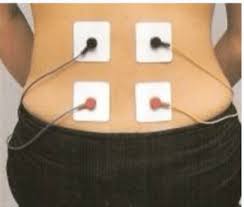
The electrode pad placement is going to be key for effective TENS treatment of lower back pain to alleviate pain. Run your fingers down your spine to feel the bony prominence’s. Once you have reached the level where your pain is located, move your fingers a few inches to each side.
You should feel a meaty section of muscle running alongside your spine. Place one electrode pad on each side of the spine, a few inches apart with the gel side against your skin.
If you have two channels with four electrode pads, you can set them up in a square arrangement. While the pads must be at least one inch apart from each other, you can experiment with the exact distances to find what is most comfortable and effective for you for the best results in reducing back pain.
Keep in mind that the further the distance between the pads, the less intense stimulation you will feel. You can experiment with different placements along the lower back to for pain relief.
Muscle Spasms
A TENS unit can also relieve pain associated with muscle spasms by relaxing the muscles and reducing the tension.
Make sure your skin is clean and dry. Never place pads over areas of broken or infected skin. In general, you want to place the pads directly over the location of pain. Avoid placing them on top of bony areas and aim for the softer muscle tissue.
What is a TENS Unit?
TENS units send a series of small electrical impulses across a gel pad that is placed onto the user’s skin. In short, these electrical impulses block pain receptors from sending their signals to your brain. It is known as the “gate control theory” and is similar to why you instinctively rub your little toe after crushing it off the coffee table.
TENS units used to only be available at doctors’ offices or physical therapy clinics for back pain but have recently hit the consumer market in a variety of styles and price ranges that alleviate pain quickly.
So how can you use your TENS unit to get some relief from that weekend landscaping project? Let’s first talk about WHO should be using a TENS unit. These devices are intended for sufferers of acute or chronic pain. Meaning it is effective for use on back pain that started two hours ago or two years ago.
- Consumers with pacemakers or implanted defibrillators should NOT use this product
- Individuals who are pregnant or have a history of seizure disorders or active cancer should not use these devices unless specifically cleared by their physician to do so
- Pads should never be placed on the front of your neck or chest, eyes, or over an area with known cancer or wounds.
To learn more about TENS unit settings click here.
Using a TENS Unit
After opening your TENS unit you should notice several key components. First is the TENS unit itself.
Familiarize yourself with your own personal unit as each brand is going to be slightly different. I promise they will all come with an instructions manual. Read it!
Many units designed for the general consumer have preset “body part” modes. Meaning there is a mode specifically for back pain, knee pain, shoulder pain, etc. Sometimes this is as simple as a button with a picture of a foot or knee on it.
Next you will find the channel wires and pads. Your unit will either come with one channel and two pads, or two channels and four pads. The wires have an end that connects directly to your TENS unit and then a bifurcated end that attaches to your pads.
Your pads will likely come stuck to a plastic film. Do NOT throw this away. It is vital that after each treatment session you ensure your pads are clean and placed back onto this plastic film.
This prevents the gel from drying out and ensures good conduction between the unit and your skin. New gel pads can be purchased over time if they dry out or no longer stick. Do not share your pads with others when using a TENS Unit.
To learn more about the advantages of using a TENS unit click here.
Best TENS Unit For Lower Back Pain
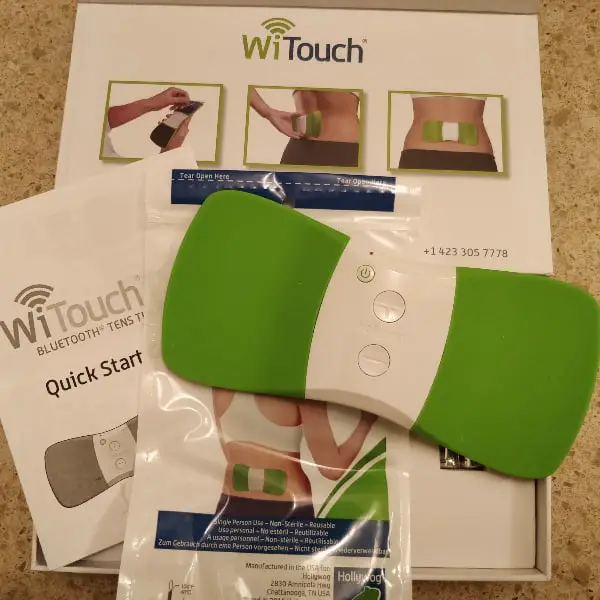
This TENS unit is powerful. I did not go past 6 for intensity level and found the Hi-Lo combo to be the sweet spot.
Everyone is different of course so experiment to find the best setting.
Once I zeroed in on my preferred setting my lower back pain disappeared completely.
I have tried dozens of TENS units but this one felt different. The Hi-Lo combo setting delivered a pleasant but strong enough stimulation that it effectively blocked the pain signals from my lower back.
This is well worth the $80 I paid.
It is a bit pricey but it works to alleviate lower back pain. So using the TENS setting will provide immediate and quick relief from your lower back pain. Click here to check it out.
Want to know where else a TENS unit can be placed? Check out my TENS placement guide for how to use one for-
Knee Pain
Neck Pain
Shoulder Pain
Tension Headaches
Golfer’s Elbow
Plantar Fasciitis
Rotator Cuff Pain
Restless Leg Syndrome
Ulnar Nerve Pain
TMJ Pain
TENS Unit Settings for Lower Back Pain
Now it is time to turn on your TENS unit and find your desired intensity level. Each person will respond differently. Start on the lowest setting and slowly work your way up until you begin to feel a light tingling sensation in the area of your pads.
The desired intensity level is a moderate tingling sensation that is tolerable but not painful. If you experience muscle strains twitching or contraction, your device may be turned up too high. It is normal for the sensation to fade with time.
This is called accommodation. Some TENS units will have a setting called “modulation” which will automatically vary the intensity to prevent accommodation. If you do not have this setting, simply turn up the intensity when the sensation begins to fade.
When using a TENS unit for back pain treatment sessions are recommended to last between 20-30 minutes but may be used several times throughout the day. Some users may only find relief during TENS use while other experience lasting effects for several hours.
Always turn your unit off before removing your pads and be sure to properly check your skin for any unwanted side effects after use. To read more about TENS settings click here.
Effectiveness of TENS Units for Back Pain
In a study done on fixed-site transcutaneous electrical nerve stimulation (FS-TENS) the finding were that a TENS unit device is a safe and alternative option for helping reduce the pain of chronic low back pain.
Is a TENS Unit Good for Lower Back Pain?
TENS units remain a cost effective option for the management of low back pain. With its easy-to-use design, this device is sure to become a household product for alternative pain relief. For more information read- How does a TENS unit work?
Thank you for reading,
Reference Sites:
https://www.acatoday.org/Patients/Health-Wellness-Information/Back-Pain-Facts-and-Statistics
http://www.apta.org/Media/Releases/Consumer/2012/4/4/

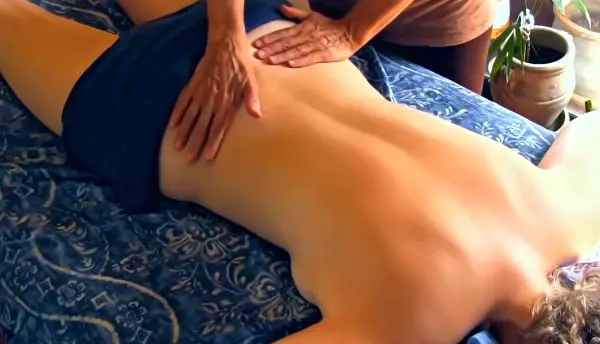
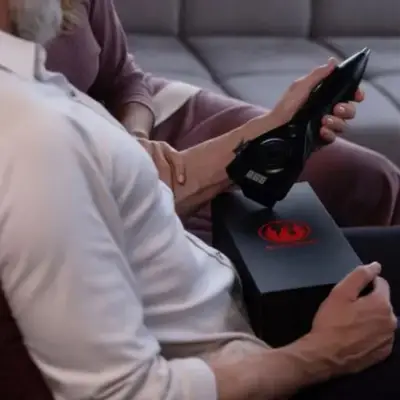

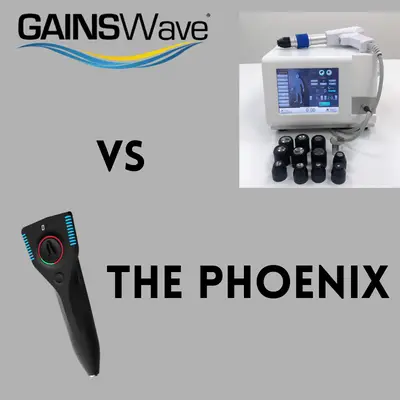

Leave a Reply
You must be logged in to post a comment.